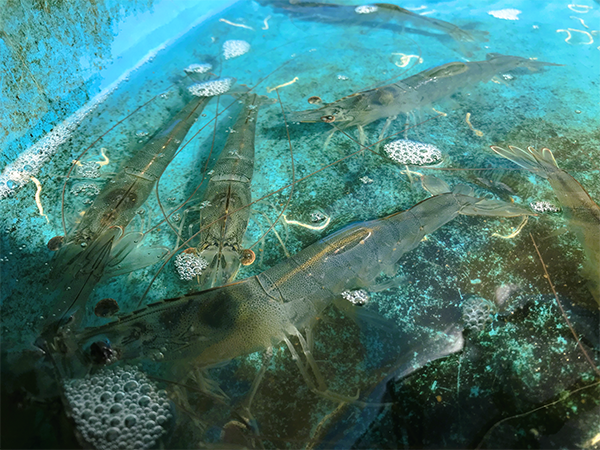
Aquafeeds
What are the optimal levels for fishmeal and methionine in juvenile shrimp diets?
A correct balance of fishmeal and dietary methionine has a critical effect on Pacific white shrimp growth performance and economic efficiency.
Health & Welfare
Dietary, health-promoting additives may address some larviculture issues and support the downstream production of high-quality L. vannamei.

Aquafeeds
A correct balance of fishmeal and dietary methionine has a critical effect on Pacific white shrimp growth performance and economic efficiency.
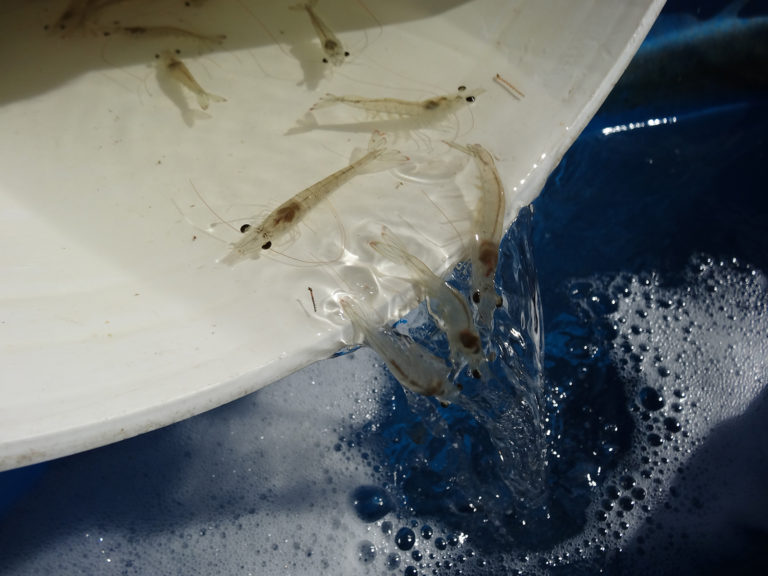
Health & Welfare
This study evaluated if reduced water exchange in an intensive, outdoor culture system could spare dietary Met (Met+Cys) required for maximum growth performance of juvenile Pacific white shrimp.
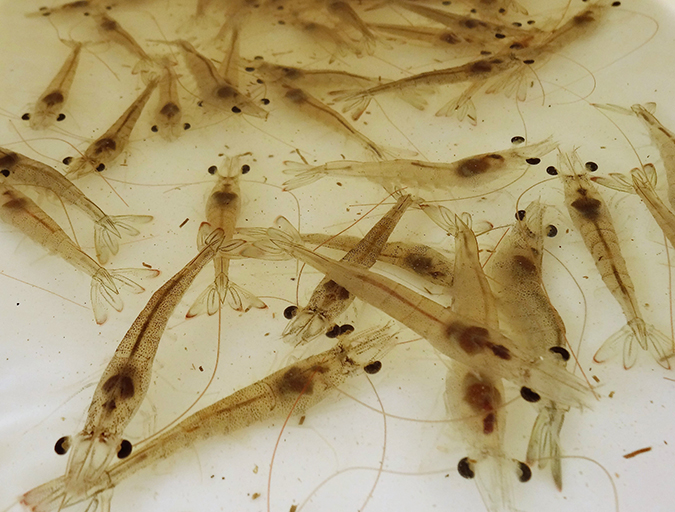
Health & Welfare
This study tested five diets formulated with increasing levels of methionine (Met) and Met + cysteine (Cys) and their effect on growth performance of juvenile Pacific white shrimp stocked at 50, 75 or 100 animals/m2 in a green water system.
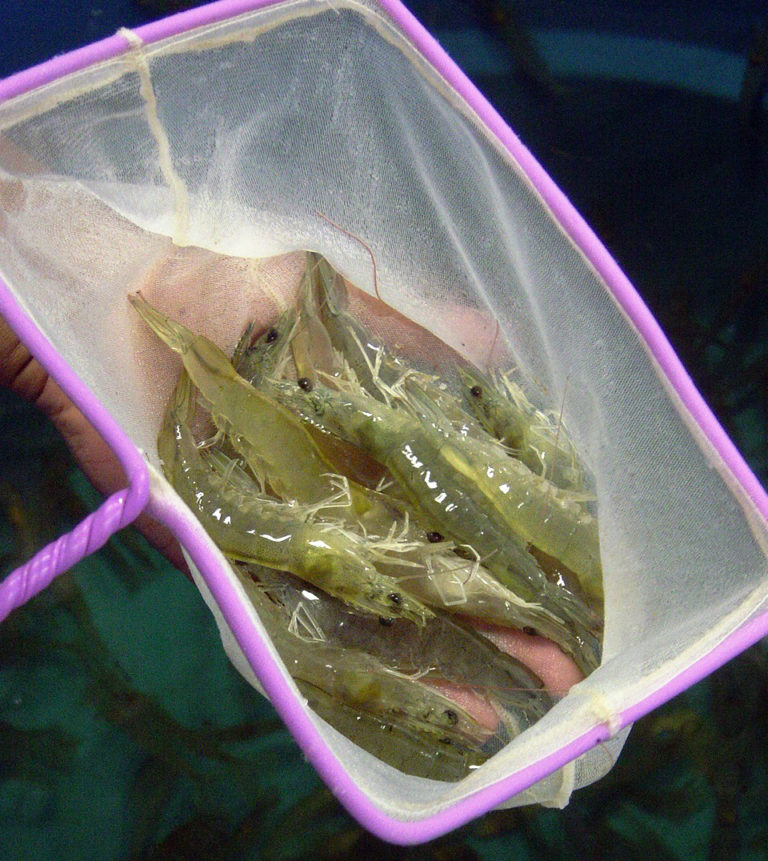
Aquafeeds
In a study, the authors evaluated the performance of juvenile white shrimp grown at high density and fed diets with varying levels of methionine. Trends toward improvements in feed intake were observed for diets with reduced fishmeal and HMTBa supplementation.
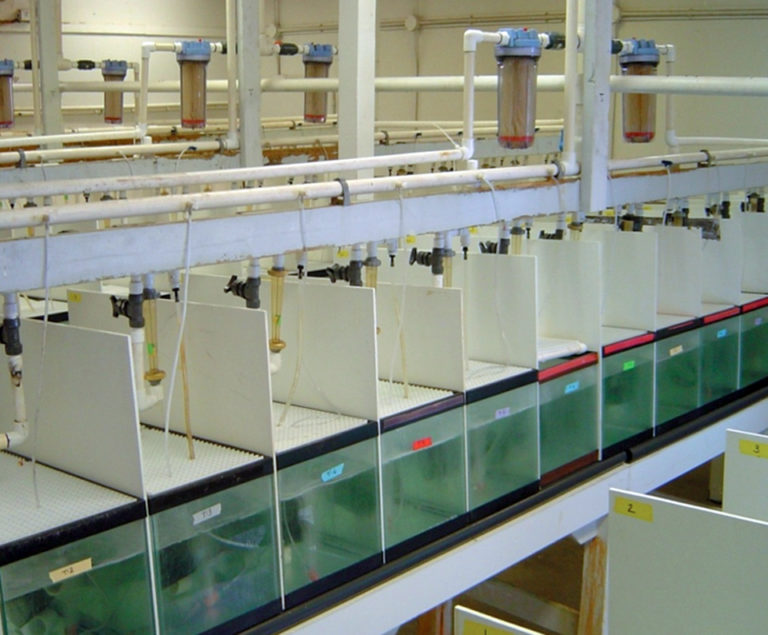
Aquafeeds
A study compared the effects of two forms of methionine supplemented at different levels in feeds for Pacific white shrimp. Test diets containing methionine bound in soy protein had less leaching of methionine than the diets containing crystalline methionine.
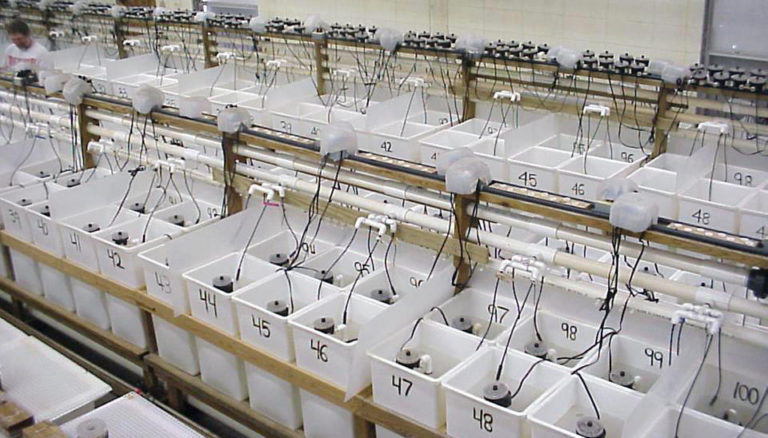
Health & Welfare
Research on the methionine requirement for white shrimp showed a diet requirement of 0.45 percent using a protein-bound form of methionine.
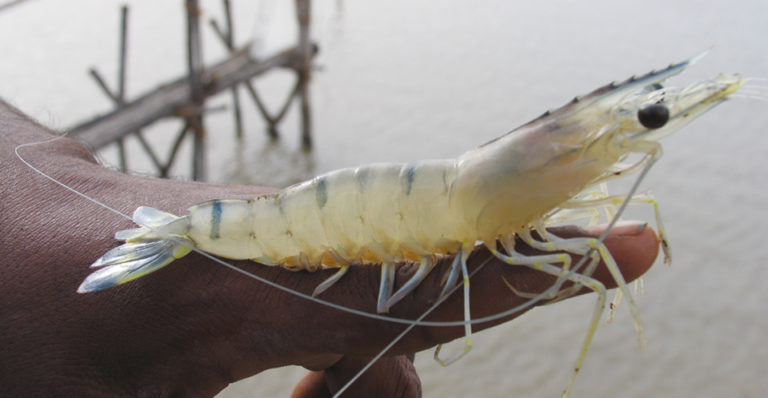
Health & Welfare
Trials indicated that in order to determine methionine and TSAA requirements for shrimp, methionine must be added to research feeds in either a chelated or covalently bound form.